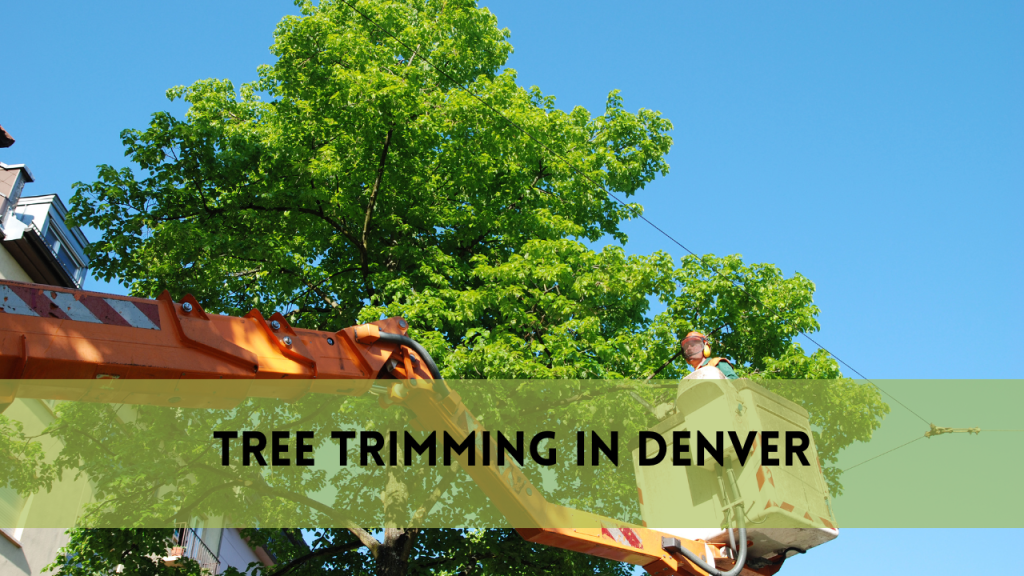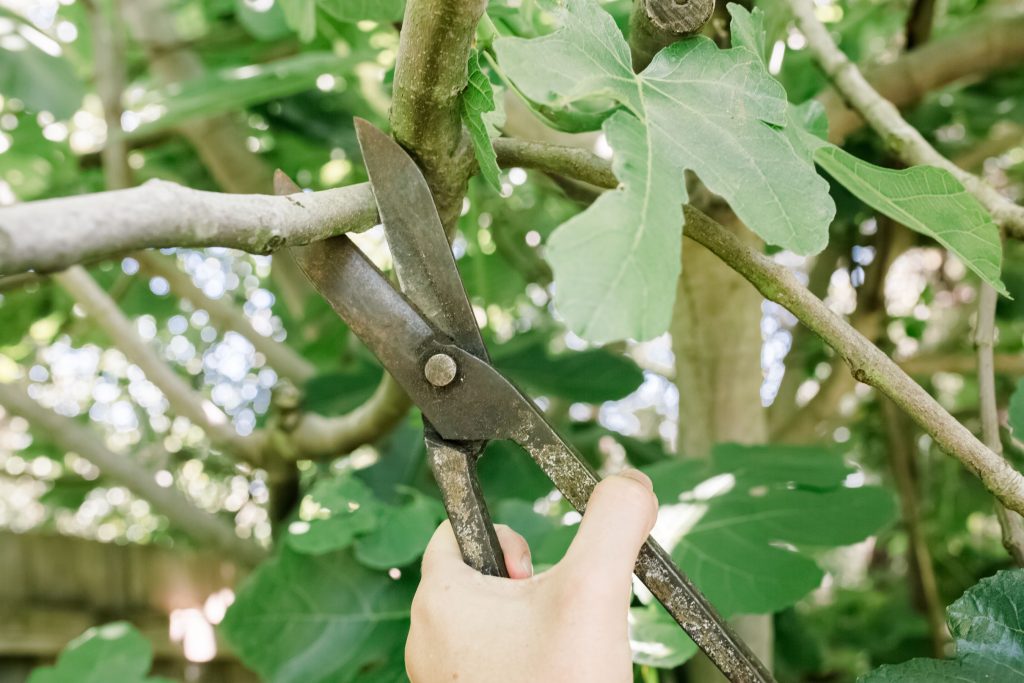Pole saws for tree trimming
Welcome to Arborist Heights, where we will explore the mysteries of tree care. In this guide, we will investigate the revolutionary powers of pole saws for tree pruning. Whether you’re an experienced arborist or a green enthusiast, Arborist Heights can help you improve your tree maintenance skills. Join us as we explore the evolution, types, benefits, and safety measures of pole saws, providing essential insights to help you improve your tree-trimming skills. Prepare to unleash the power of pole saws and transform your approach to tree care with Arborist Heights.
The Evolution of Pole Saws for tree trimming
Pole saws have evolved over time to reflect advances in arboriculture, shifting the landscape of tree management. Initially, manual pole saws required physical effort, which limited efficiency. However, the introduction of motorized pole saws constituted a huge advancement, allowing arborists to easily reach larger heights. Recent advancements emphasize lightweight materials and ergonomic designs, which improve maneuverability without sacrificing power. Electric and battery-powered models provide environmentally acceptable choices, reducing noise and pollutants. Modern pole saws, with telescoping features, allow for precise pruning while maintaining a perfect balance of accessibility and control. This advancement not only simplifies arborists’ responsibilities, but it also enables enthusiasts to participate in effective tree care, resulting in a greener and healthier arboricultural ecology. Arborist Heights investigates this history by unravelling the tapestry of pole saw development.
Types of Pole Saws for tree trimming
Arborist Heights offers an interesting look at numerous types of pole saws designed to satisfy a variety of tree-trimming requirements. Standard Pole Saws, noted for their simplicity and lightweight design, are suitable for occasional lower-height pruning. Extendable pole saws with telescoping features are versatile, allowing users to reach elevated branches without the use of ladders. Gas-Powered Pole Saws are popular among professional arborists because they provide powerful cutting power and an extended reach for difficult operations. Electric pole saws, a quieter and more environmentally friendly option, are appropriate for domestic use. Battery-Powered Pole Saws combine the benefits of electric models with the flexibility of cordless operation, making them an ideal choice for maneuverability. Arborist Heights provides a detailed overview on pole saw kinds, enabling readers make informed judgments.
Advantages of Using Pole Saws for tree trimming
Purchasing a pole saw from Arborist Heights provides numerous benefits, making tree trimming more effective and accessible. One significant advantage is its versatility, which allows users to reach high branches without the necessity of ladders or climbing equipment. The changeable length of pole saws allows for precision cutting at varied heights, improving overall control. Furthermore, the lightweight form of these equipment reduces user fatigue after lengthy use. Arborist Heights’ pole saws, whether electric, gas-powered, or battery-operated, offer a variety of solutions to meet individual needs and environmental concerns. These instruments allow users to make smoother cuts, supporting healthier tree growth. Arborist Heights remains devoted to providing pole saws that empower users with the equipment they need for efficient and effective tree cutting.
How to Safely Operate a Pole Saw for tree trimming
Operating a pole saw safely from Arborist Heights is critical for ensuring effective tree trimming while limiting the chance of an accident. Before you use the pole saw, inspect it for any damage or loose pieces. Wear adequate personal protective equipment, such as safety glasses, a helmet, and ear protection, to protect yourself from potential threats. Make sure the pole saw is on solid ground and free of any debris that could restrict its performance.
Before beginning, become acquainted with the pole saw’s controls and functions. Maintain a strong grasp on the instrument while standing in a steady and balanced position. Place the cutting blade away from yourself and others, and avoid operating immediately underneath branches. Use a secure and stable ladder or extension to access higher branches.
Check the cutting chain’s sharpness and tension on a regular basis, and make any necessary adjustments. Keep spectators at a safe distance during operation and speak with others to avoid unintentional interference. Finally, never use a pole saw in inclement weather, such as high winds or rain, to guarantee maximum safety.
By following these safety precautions, users can safely and securely operate Arborist Heights’ pole saws, making tree pruning safer and more efficient.
Common Mistakes to Avoid
When using Arborist Heights pole saws, it is critical to avoid frequent mistakes to guarantee efficient and safe operation. One common mistake is not performing adequate maintenance, such as maintaining the cutting chain sharp and correctly tensioned. Failure to do so may impair cutting performance and pose safety issues.
Another error is incorrect positioning while using the pole saw. Overreaching or standing on unstable surfaces can result in an accident. Furthermore, ignoring the surrounding environment and not clearing the work area of debris may hamper the saw’s performance and pose safety risks.
Insufficient personal protection equipment is a regular omission. Users should always wear safety glasses, helmets, and ear protection to protect themselves from harm. Finally, failure to follow manufacturer rules and requirements might cause equipment malfunction or damage. Avoiding these frequent mistakes provides a smoother and safer tree trimming experience with Arborist Heights pole saws.
Related Posts:
Achieving Precision in Tree Trimming:
Precision in tree cutting is critical for maintaining the health and appearance of your trees. Arborist Heights provides pole saws that are engineered to reach the maximum level of accuracy. These tools allow users to choose prune branches with precision, resulting in a clean, exact cut.
Arborist Heights’ pole saws are lightweight and ergonomic, which is an important factor in achieving precision. This allows users to easily operate the tool, reaching even the most difficult branches without sacrificing accuracy. The customizable features and great cutting efficiency help you achieve a more controlled and precise trimming operation.
Whether sculpting the canopy or eliminating specific branches, Arborist Heights’ pole saws have modern technology that ensures each cut is completed precisely. This attention to detail improves.
FAQS
Q: How frequently should I check and maintain my pole saw?
A: Regular inspection and maintenance are essential for optimum pole saw performance. Before each usage, check for any loose parts, lube the chain, and make sure the saw is in good working order.
Q: Can I use a pole saw to cut any sort of tree?
A: While pole saws are adaptable, you must consider the size and condition of the tree. Pruning requires smaller, lighter pole saws, but thicker branches or stronger timber may necessitate larger, more powerful models.
Q: What safety precautions should be taken when using a pole saw?
A: Always wear safety goggles, gloves, and a helmet. Maintain a safe distance from bystanders and ensure a secure footing.
Conclusion
To summarize, understanding the different world of pole saws is critical for effective and safe tree trimming. From their evolutionary history to the numerous types available, understanding the benefits, operating procedures, and frequent mistakes to avoid is critical to a successful tree management approach. Pole saws provide precision trimming, but users must emphasize safety by conducting regular inspections and adhering to safety rules.



